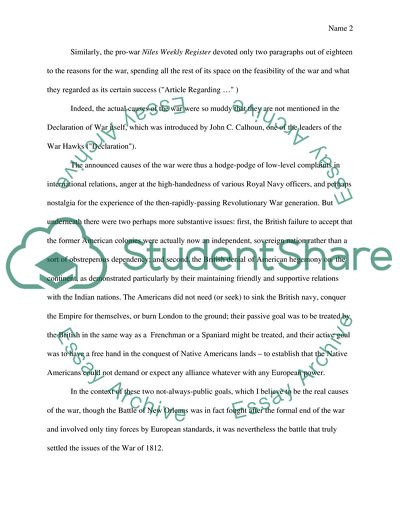Cite this document
(The Meaning of the Battle of New Orleans - Perspective, Context, and Research Paper, n.d.)
The Meaning of the Battle of New Orleans - Perspective, Context, and Research Paper. Retrieved from https://studentshare.org/social-science/1746657-war-of-1812-battle-of-new-orleans
The Meaning of the Battle of New Orleans - Perspective, Context, and Research Paper. Retrieved from https://studentshare.org/social-science/1746657-war-of-1812-battle-of-new-orleans
(The Meaning of the Battle of New Orleans - Perspective, Context, and Research Paper)
The Meaning of the Battle of New Orleans - Perspective, Context, and Research Paper. https://studentshare.org/social-science/1746657-war-of-1812-battle-of-new-orleans.
The Meaning of the Battle of New Orleans - Perspective, Context, and Research Paper. https://studentshare.org/social-science/1746657-war-of-1812-battle-of-new-orleans.
“The Meaning of the Battle of New Orleans - Perspective, Context, and Research Paper”, n.d. https://studentshare.org/social-science/1746657-war-of-1812-battle-of-new-orleans.


